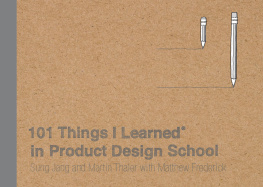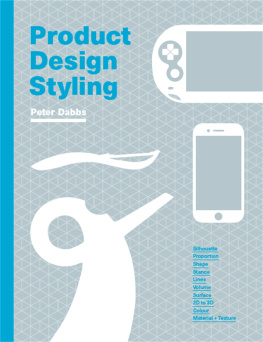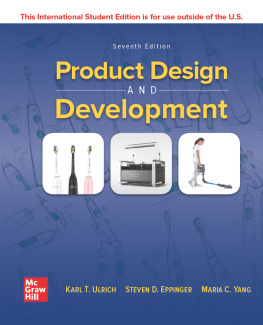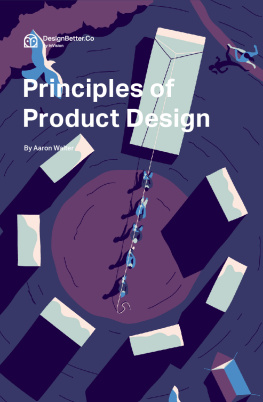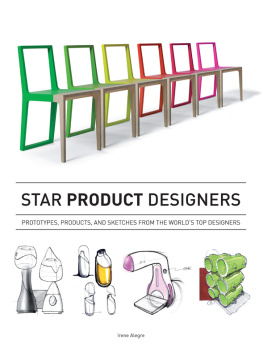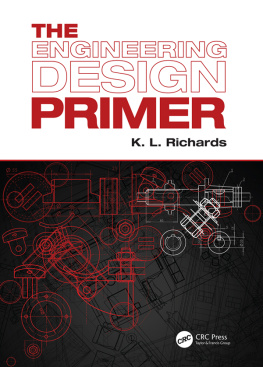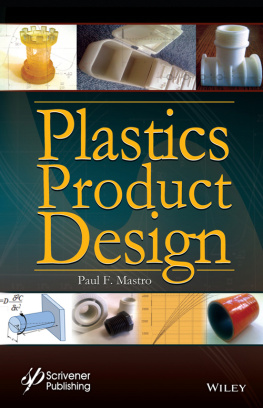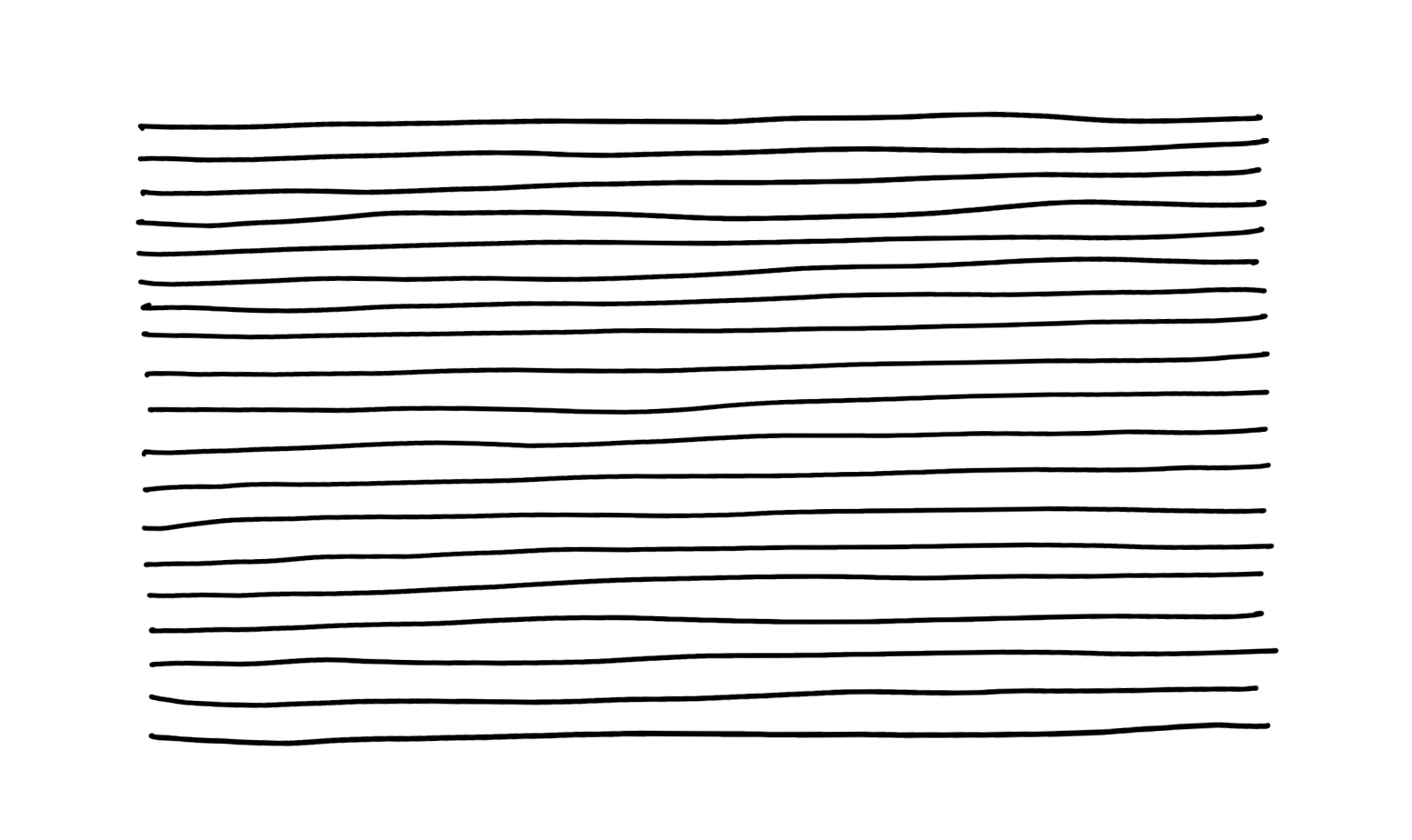Contents
Landmarks
Print Page List
Color starts with non-color.
Every material has an inherent color. Work with it before introducing other colors. Use color to serve a clear purpose: as a function, such as highlighting points of interaction; as an audience or brand identifier; or to suit the environment in which it will be used.
Use physical samples to make physical decisions.
For physical products, dont trust a computer screen to select colors, materials, and finishes (CMF). Refer instead to physical industry standards such as those from Pantone and Mold-Tech. However, even when following these standards, different manufacturers may produce different results, and a specified color may look different on different materials or finishes. Reviewing physical production samples from the manufacturer is the best way to select and confirm CMF.
Explore the product personality early.
When someone encounters the product, what feelings should it evoke? What senses will be engaged? How should they feel when they see, touch, or use it? What fond experiences might it lead them to recall? What is the products inner character? Should it be stolid, dependable, mysterious, lighthearted, aggressive, self-contained, flighty, fancy, retro, clunky, or understated? What scale and proportion will feel right? What colors, textures, shapes, and patterns are suggested? What sizes and types of controls, buttons, hardware, and other interaction points are called for? Is it traditional or cutting edge? What values will the user look forsafety, solidity, high-fashion, femininity, invisibility, technological innovation? What metaphors help describe the experience of using the product? What will stand out in repeated uses? How might the satisfied user describe the product to others? What is the personality of the intended users, and what identity keys can be borrowed from them to make it feel right?

Your first job only needs to be your first job.
You are unlikely to know early in your career which areas of product design you will be best at, which will have market longevity, and which will maintain your interest.
Theres no right place to start. Gain experience in as many different areas as you can. Work outside your comfort zone. Get good at many things, not one thing. When you find the one thing you want to do, everything that came before will inform and enrich it.
How to draw a straight line
Use a felt pen. If drawing long lines, use a thicker pen for greater presence, as a more prominent line is easier to evaluate.
Draw individual lines slowly. If you stroke a line too quickly, you will have less control over direction and straightness.
Move your entire arm rather than pivot from the elbow. Drag your drawing hand across the page if it adds traction.
Slightly wiggly lines are okay as long as the overall line is straight and not an arc.
Rotate the drawing medium if it makes it easier to draw straight lines.
Dont flick the line. Give the start and end a hard stop.
Repeat until you are able to draw consistently straight lines with a clear beginning and end. This will take at least a few weeks of moderate training to internalize into muscle memory.
A need is a verb.
People dont need a vase; they need to display and enjoy flowers. They dont need a teacup; they need to consume tea. They dont need a chair; they need to experience rest. They dont need a lamp; they need lighting. They dont need a humidifier; they need to humidify the air. They dont need a water bottle; they need to drink liquid while on the move. They dont need a parking garage; they need to store their car. They dont need a library ladder; they need to access information.
The camera created modern art.
Historically, visual art was both representational and expressive: it aimed to depict the world realistically as well as convey the artists subjective intent. Because the camera can depict reality very accurately, its invention stole one-half of arts traditional role. Art responded by becoming oriented to expression over representation. Soon it turned its eye on itself, asking: What is art, anyway? Must paint be applied with a brush? Is a work of art fixed and final, or should it continue to change? Must art tell a coherent story or be conventionally beautiful? Must art be lofty, or can it depict the prosaic? And to the extent art depicts reality, what does real really mean?
The IKEA ecosystem
IKEA is the worlds largest furniture company. Fortuitously, it was founded in 1943, as modern sensibilities were moving from the avant-garde to the mainstream. But the biggest reason for IKEAs success is its innovation of an entire product ecosystem.
Complete product line: IKEA, unlike its competitors, makes furniture and accessories for the entire home.
Manufacturing: IKEA manufactures all of its own products.
Retail environment: An immersive, IKEA-only setting serves as both a store and a self-service warehouse.
Low prices: Affordability is realized through high-volume production, selling most products unassembled, and limiting the palette of materials and hardware.
Flat-pack logistics: This is the unifying element in the IKEA system, as it allows customers to transport products home in their vehicles or via public transit.
DIY: Standardized hardware and fasteners foster familiarity and expedite assembly by the user.
Sustainability: Most components are made from a single material, facilitating recycling. IKEA is pursuing 100% reliance on renewable energy for all operations.
Lo-res gets more feedback.
Rough sketches, raw images, and messy prototypes encourage othersespecially non-designersto become involved in the design process, because they feel like they can influence the direction of the project. The more carefully you execute a drawing, the more invested you likely will be in maintaining the design as is, and the less inclined you will be to receive or heed feedback. Computer renderings, because they tend to display the same degree of polish regardless of the stage of development, can confuse both non-designers and experienced designers as to the stage of a project; most often, they suggest a project is more developed than it really is.

